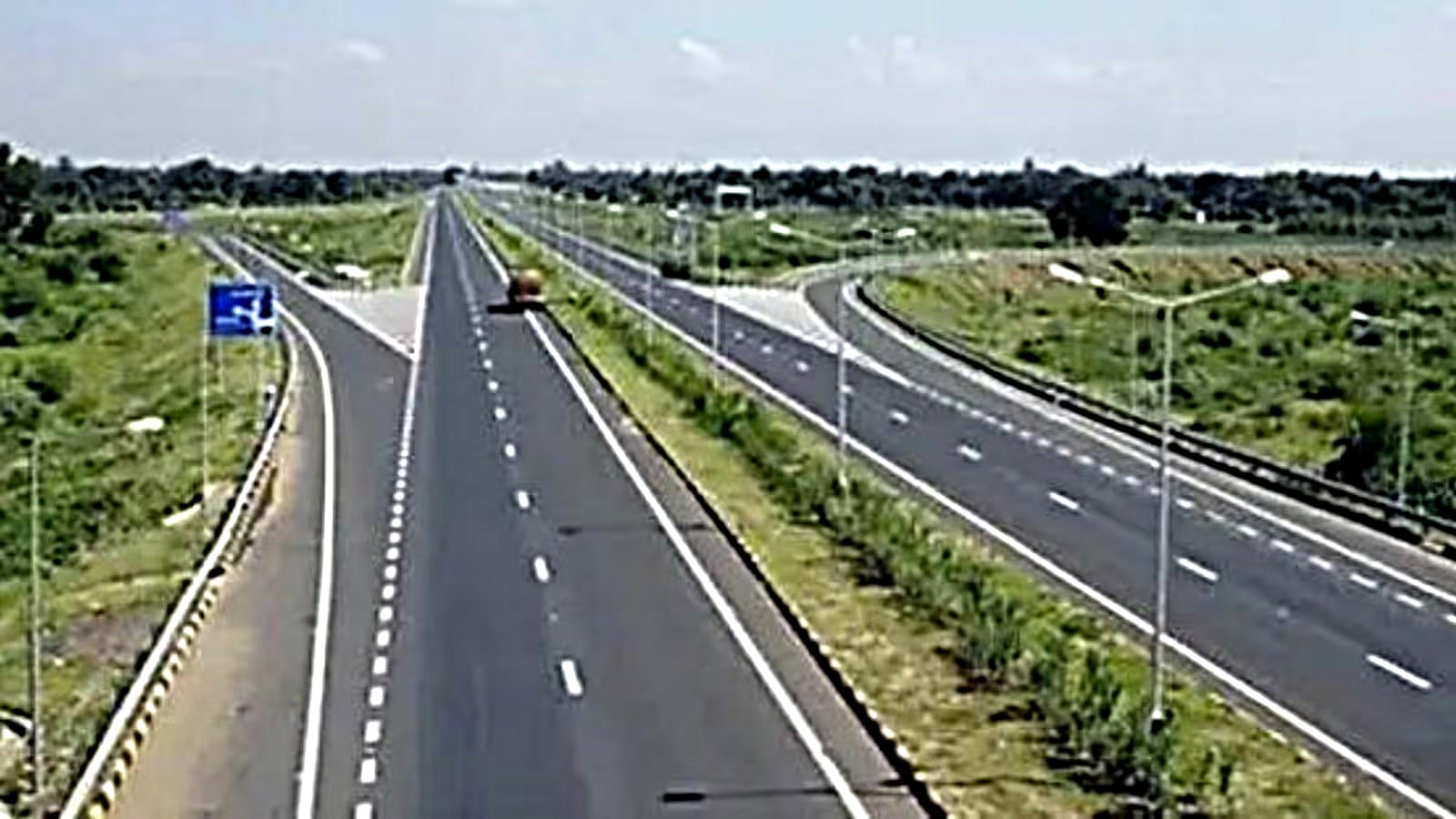
New Highway Boosts Assam Connectivity and Wildlife Safety
The Union Cabinet has taken a significant step towards improving infrastructure in Assam by approving the construction of an 86-km four-lane highway from Kaliabor to Numaligarh. This ambitious project comes with a hefty price tag of Rs 6,957 crore and aims to enhance connectivity along the vital Guwahati-Dibrugarh Corridor.
One of the key highlights of this highway is its route through the Kaziranga National Park, a UNESCO World Heritage site known for its rich biodiversity. To ensure the safety of wildlife, a substantial 34-km section of the highway will be constructed as an elevated viaduct. This design will allow animals to cross freely, thereby minimizing the risk of accidents and promoting wildlife conservation.
The project will be developed in the Engineering, Procurement and Construction (EPC) mode, with a construction period of three years. Officials have stated that the existing Kaliabor-Numaligarh section of NH-715, which is currently two-laned, will be widened to four lanes. This upgrade will not only improve traffic flow but will also facilitate better access to key tourist destinations such as Kaziranga National Park.
Moreover, the project is designed in consultation with prominent environmental bodies, including the Union Environment Ministry and the National Tiger Conservation Authority (NTCA). This collaborative approach ensures that environmental concerns are taken into account while enhancing road infrastructure.
The new highway alignment will also connect with two major National Highways, NH-127 and NH-129, alongside a state highway (SH-35). This integration is expected to significantly improve connectivity with upper Assam and neighboring states like Nagaland and Arunachal Pradesh. It will also ease traffic for travelers heading from Guwahati to Numaligarh, Jorhat, Dibrugarh, and Tinsukia.
In summary, this highway project represents a critical investment in Assam’s infrastructure while prioritizing wildlife safety. It promises to decongest existing routes, improve safety, and enhance direct connectivity between key locations, fostering both tourism and industrial growth in the region.













